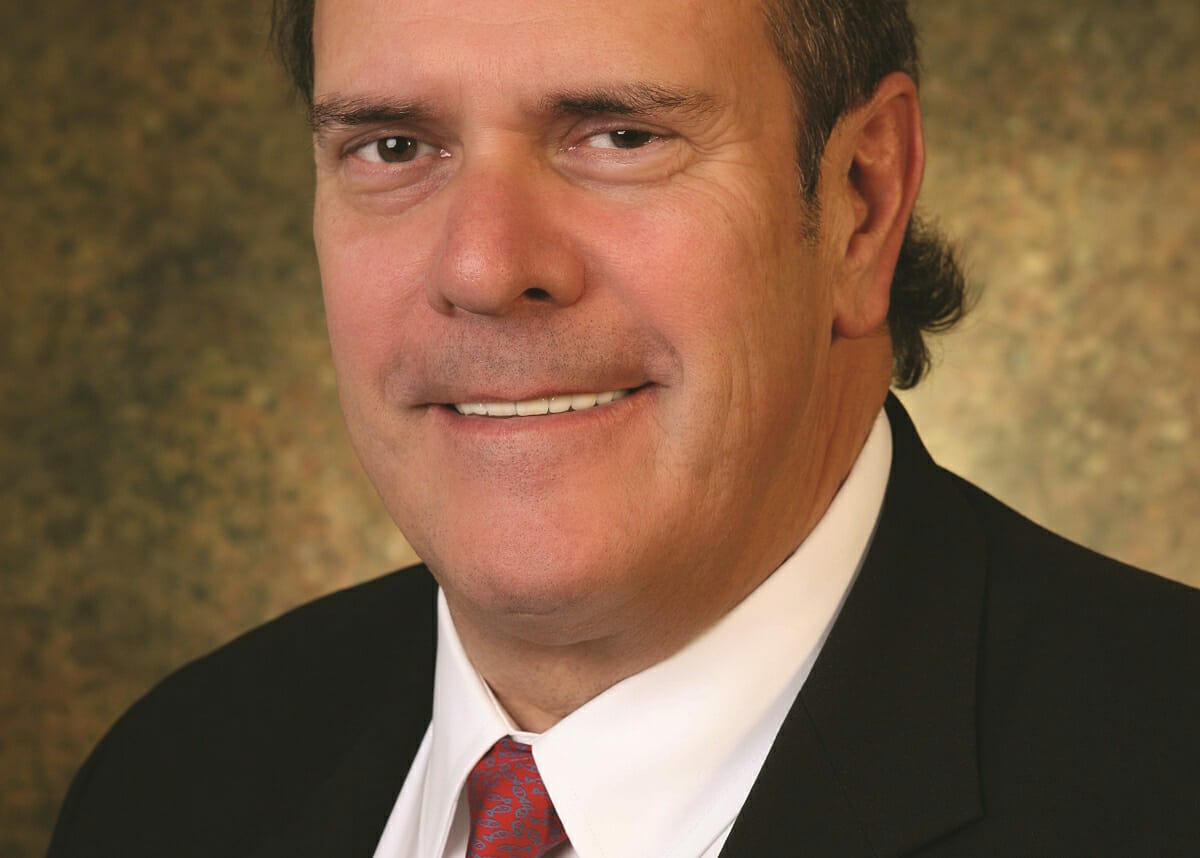The $29 billion Employees Retirement System of Texas is planning to increase its alternatives allocation over the next four years.
The increased portfolio, which will be funded by a reduction in public equity, will give ERS a 37 per cent allocation to a mixture of private equity and real estate, infrastructure and opportunistic credit, explains chief investment officer Tom Tull, speaking from the fund’s Austin headquarters.
Tull notes, however, that the fund’s long-term commitment to increasing the alternatives allocation is balanced by current market conditions. For now, ERS continues to sell down the private equity portfolio in the secondary market and kill more deals than it adds, because of manager fees and expenses. He likens this strategy to the fund’s mass liquidation in hedge funds last year, when it took a third of the portfolio off the books in a strategy that in no way reflected ERS’s long-term commitment to hedge funds.
About 83 per cent of ERS’s assets are in return-seeking investments versus 17 per cent in risk-reducing allocations of absolute return, rates and cash. The increased alternatives allocation will reduce public equity from 45 per cent of assets under management to 37 per cent.
Inside and out
Tull is combining the push into alternatives with building out ERS’s internal high-yield team to position the portfolio to benefit from the next credit cycle. The allocation will increase to between 10 per cent and 13 per cent of assets under management over the long term, he says.
“Most people farm out their high yield or credit with managers, but it makes sense for us to build an internal team, save on fees and add to returns,” he says.
The fund manages about 60 per cent of its AUM internally, spanning the credit book and most of the public equity allocation, bar a handful of external allocations with managers, including Templeton, BlackRock and Acadian. In fixed income, managers include Bain Capital Credit. Internal management saves on fees and adds to the return but recruiting and holding onto strong internal teams is challenging, as more institutional investors bring assets in house, Tull notes.
“We can manage money internally for 11 basis points, whereas if it’s done externally, it’s three to four times that,” he says.
Reflecting on the success of the opportunistic credit allocation within high yield, Tull notes it has done particularly well since Dodd-Frank, the US regulation that introduced stress tests and capital requirements for banks, which restricted their ability to lend.
“Lots of the banking community were forced out of segments of their business,” Tull says. “We were able to go in and pick up deals at very good prices, particularly in the energy sector, where we have [relevant] perspective coming from Texas, and are now reaping that harvest.”
Looking ahead, he expects to be opportunistic in pockets such as airline and real-estate financing, mezzanine finance, and distressed and structured credit.
“Given the capabilities we are developing internally, we will be able to reach some of this,” he says.
ERS has multiple manager relationships in private markets and alternatives; it invests with 49 private real-estate managers, 90 private equity general partners and 18 hedge funds, typically writing cheques of between $50 million and $200 million, and actively seeking roles on advisory boards and co-investment opportunities. Tull says that’s where his internal team gives ERS an edge over competing limiting partners.
“We can analyse a co-investment deal in a week because we have the internal people.”
Emerging managers, emerging markets
Emerging managers are also an increasingly important component of ERS’s manager roster, to tap diversity and talent. An active emerging manager program at the fund now aims to adopt emerging managers to represent 10 per cent of ERS’s manager base. Opportunities to invest are growing, Tull enthuses.
“These firms are much smaller, and they are more open-minded to fee negotiations,” he explains. “There are niches in the market place that they can exploit, and we can get alpha and more competitive fees.”
In private equity ERS invests with an emerging manager fund affiliated with GCM Grosvenor. In public equity, it invests with Legato Capital Management, which runs a fund of funds over small-cap international managers.
Tull is also planning to work with emerging managers in hedge funds. ERS is poised to invest in a fund of emerging manager hedge funds comprising absolute return and return-seeking strategies.
“It is a seeding mechanism, so we will have a revenue share,” Tull says. “Wherever we can get a revenue share – and we’ve done this on the ETF side in fixed income – we’ll take this opportunity if we are comfortable with the dynamics involved.”
The seed investment mirrors ERS’s wider hedge fund strategy, which combines return-seeking and diversifying, or low correlation, plays. Managers include biotech hedge fund OrbiMed, and Marshall Wace.
Allocating to emerging markets is also a growing priority in the fund. Tull likes the demographics and future spending power in many emerging economies and looks forward to developments such as Saudi Arabia’s possible reclassification from standalone to inclusion in MSCI’s Emerging Market Index. It’s in marked contrast to the often shrinking opportunities in developed public markets, he says.
“In the US, there are now more ETFs than publicly traded companies. Over half of US-listed companies trade less than 100,000 shares a day.”
Elsewhere, ERS has found emerging-market opportunities in real estate from call-centre businesses relocating to the Philippines from India.
“We have helped provide bridge financing for some of these call centre developments in the Philippines,” Tull says.



